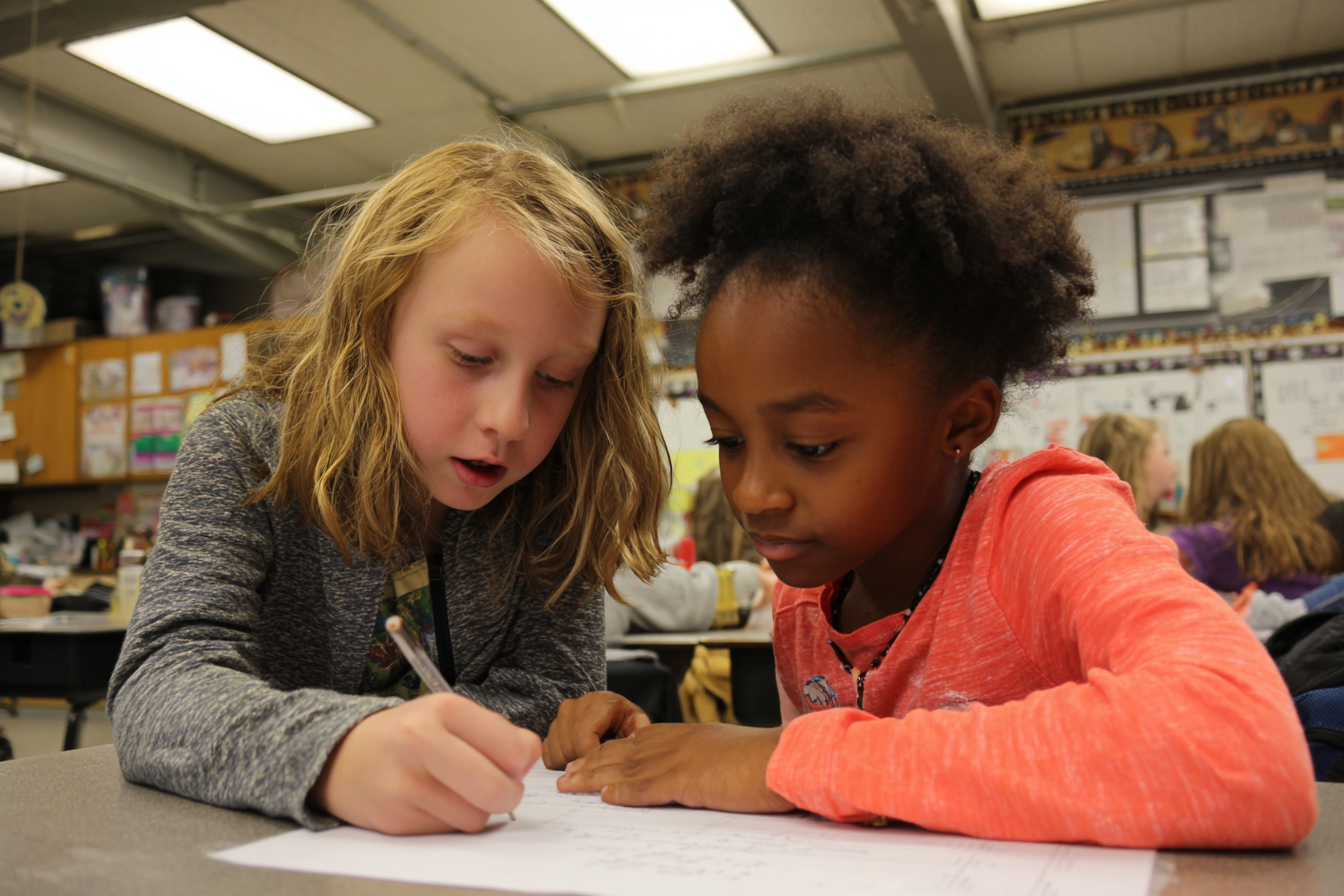Unit Plan 29 (Grade 3 Social Studies): Producers and Consumers in Our Community
Identify producers and consumers, understand goods and services, and learn why people work, earn, save, and spend to meet personal and community goals.

Focus: Identify producers and consumers in the community, distinguish goods and services, and explain why people work, earn, save, and spend money to meet personal and community goals.
Grade Level: 3
Subject Area: Social Studies (Economics • Community & Inquiry Skills)
Total Unit Duration: 5 sessions (one week), 45–60 minutes per session
I. Introduction
In this unit, students explore how their community “works” by learning about producers, consumers, goods, and services. They investigate local businesses and workers—such as grocery stores, libraries, barber shops, and construction crews—to see what they provide and who uses their goods or services. Through sorting activities, mini-case studies, and simple role-plays, students see how people work to earn money and how they save and spend to reach goals. By the end of the week, each student will design a short “Community Producer Profile” that shows a local producer, what they provide, and how their work helps consumers and supports goals.
Essential Questions
- Who are producers and consumers in our community, and how do they depend on each other?
- What is the difference between goods and services, and how do businesses provide them?
- Why do people work, and how does earning money connect to needs, wants, and goals?
- How can saving and spending decisions help individuals, families, and classes reach a goal (like a trip or a project)?
- How do our choices as consumers affect the businesses and workers in our community?
II. Objectives and Standards
Learning Objectives — Students will be able to:
- Define producer and consumer and identify examples in their own community (e.g., baker, teacher, bus driver, shopper, library user).
- Distinguish between goods (things you can touch/keep) and services (actions or help that people provide) and correctly sort local businesses into goods vs. services.
- Describe why people work (to earn money, to help others, to reach goals) and connect earning, saving, and spending to simple personal or class goals.
- Use simple information sources (photos of local businesses, short descriptions, community maps, or interview notes) to learn about how producers and consumers interact.
- Create a “Community Producer Profile” mini-poster or paragraph that explains one producer’s job, what goods or services they provide, who the consumers are, and how their work supports goals.
Standards Alignment — 3rd Grade (C3-based custom)
- 3.C3.Econ.2 — Identify producers/consumers and goods/services in community and regional contexts.
- Example: Sort local businesses into goods vs. services with examples.
- 3.C3.Econ.3 — Describe why people work; connect earning, saving, and spending to meeting goals.
- Example: Plan how a class might save for a field trip over four weeks.
Success Criteria — Student Language
- I can tell who is a producer and who is a consumer in our community.
- I can explain the difference between goods and services and give examples of each from local businesses.
- I can describe why people work and how they use their earnings to save and spend for needs, wants, and goals.
- I can use pictures or short texts about our community to show how producers and consumers depend on each other.
- I can create a clear Community Producer Profile that explains a job, what it provides, and who it helps.
